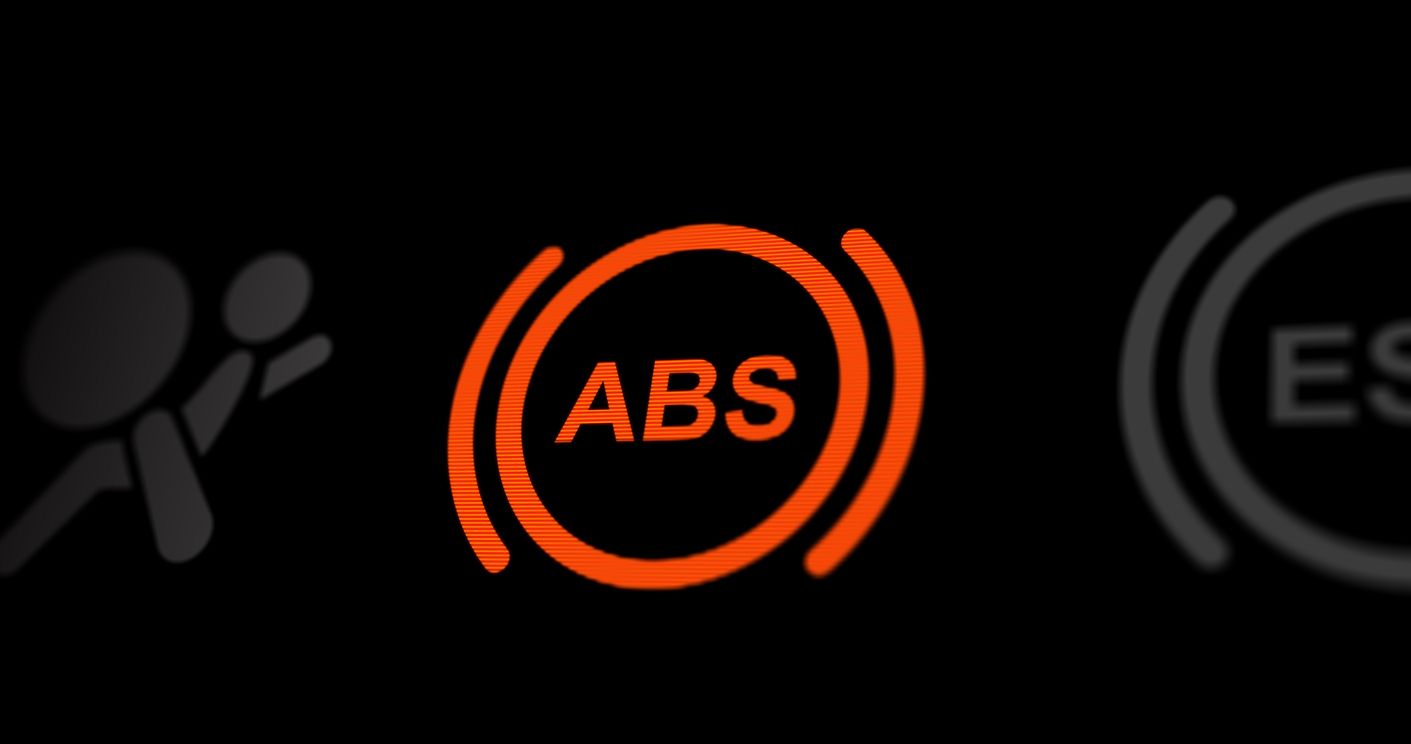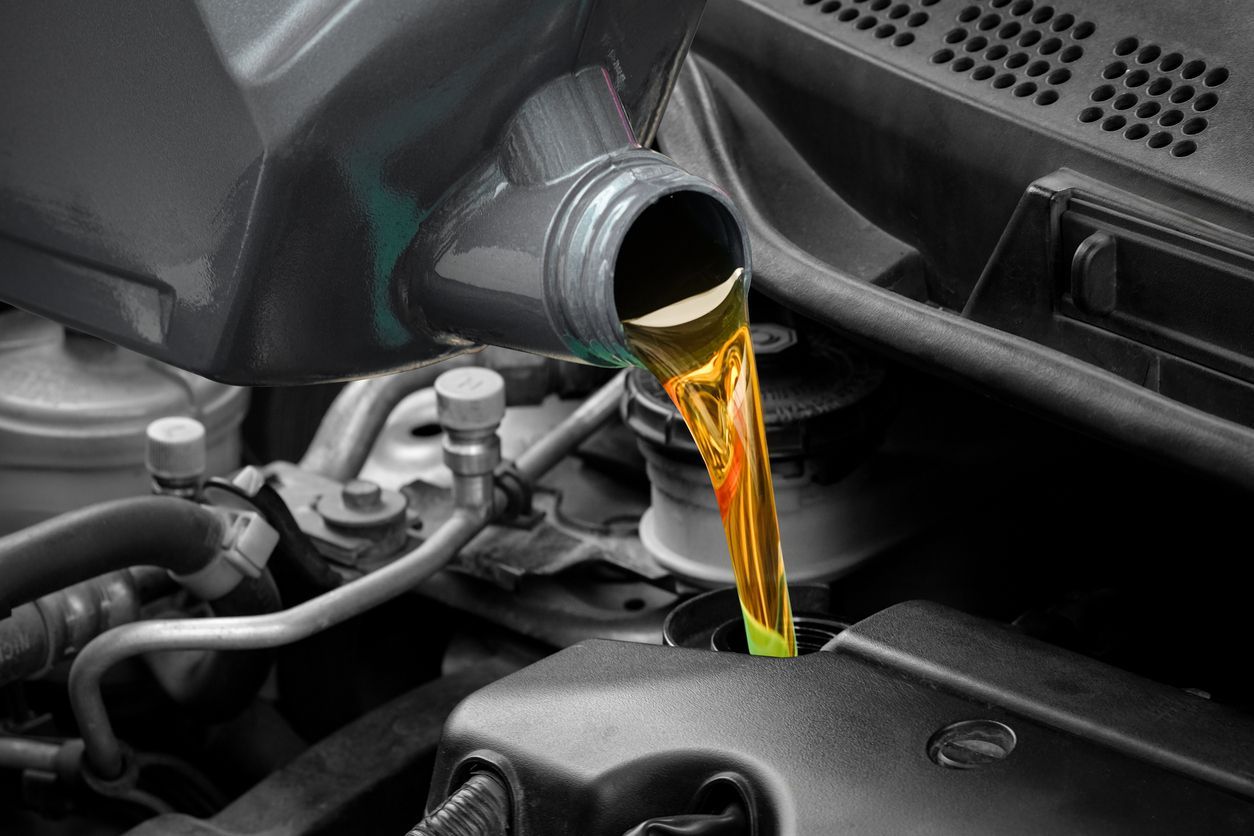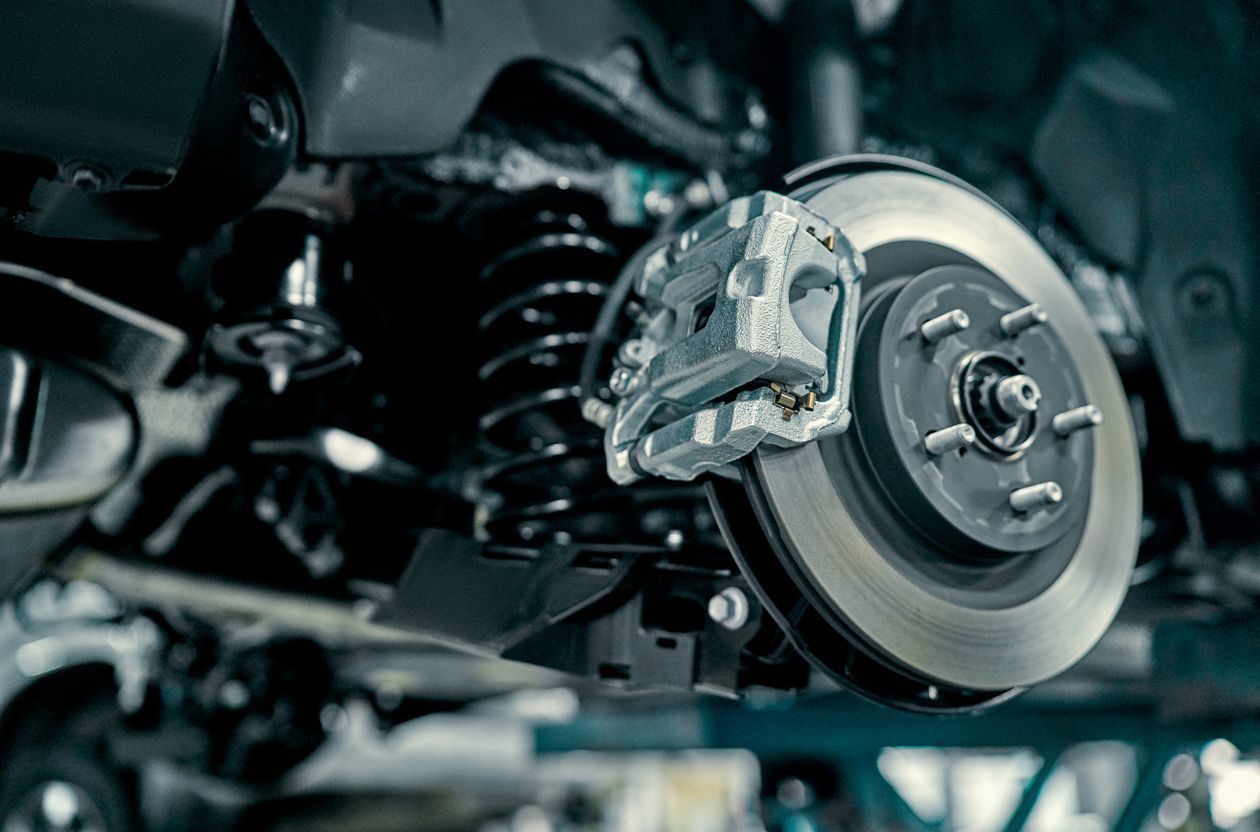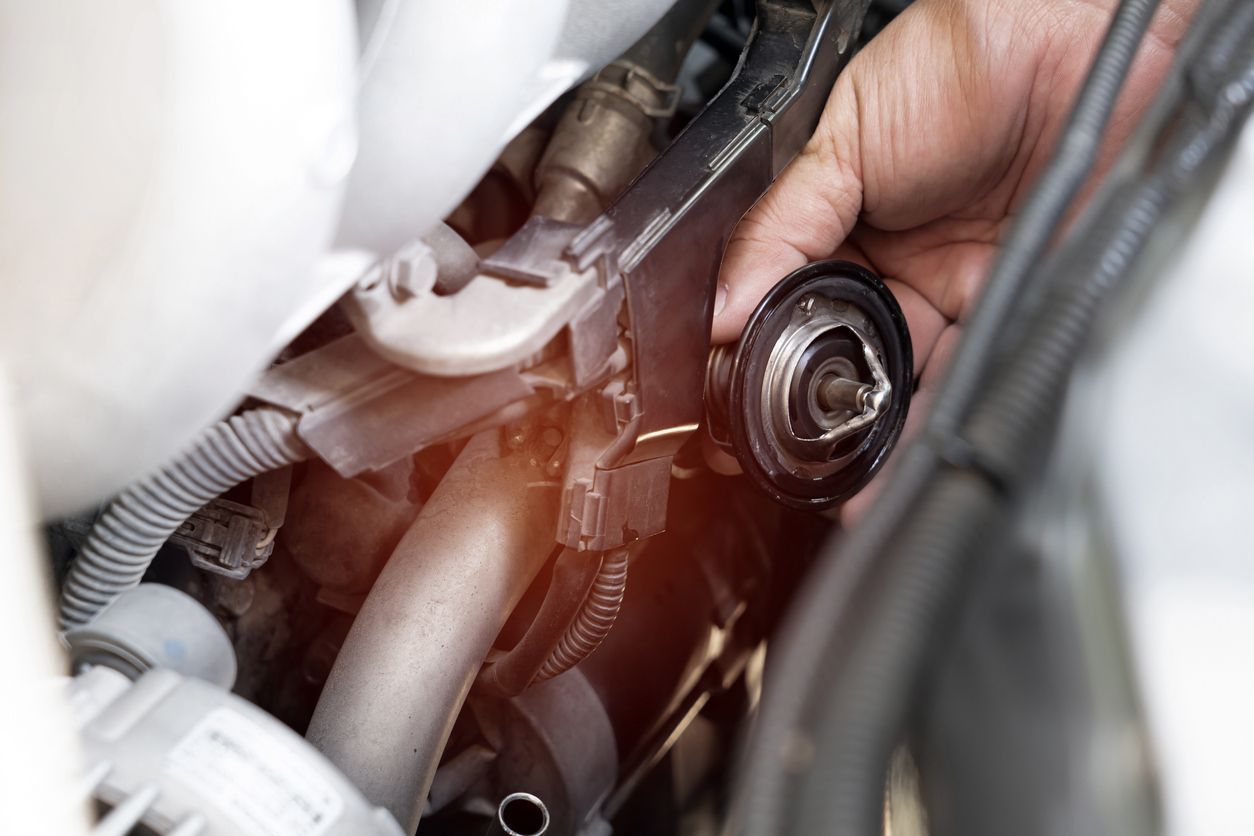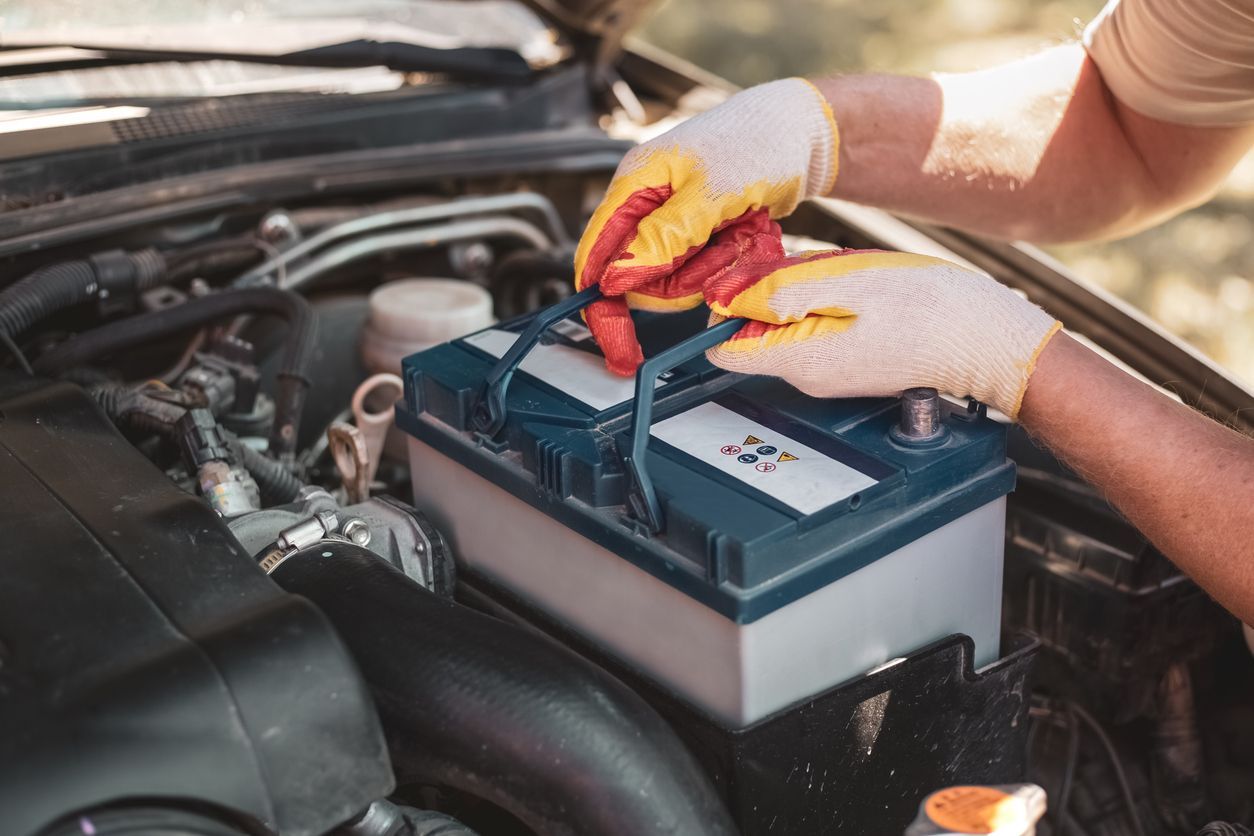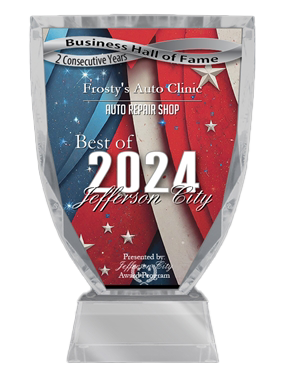Emissions Test in Jefferson City, MO – Why Your Vehicle Might Fail
Serving: Jefferson City, MO
Clean air quality is something that helps all of us thrive here on Planet Earth. And considering that motor vehicles are a contributor to air pollution, emissions tests in the U.S. and Canada are in place to keep vehicles from needlessly spewing dangerous gases into the air.
While laws vary from place to place, the goal of an emissions test is the same: to make sure toxic gases are kept at a minimum. They often measure nitrogen oxide, carbon monoxide, carbon dioxide, oxygen, and hydrocarbons. Fail the test, and you may not be allowed to drive that vehicle on the road until it's rectified.
Keeping your vehicle maintained is the best way to make sure you can pass an emissions test. Here are a few things that could be wrong with your vehicle that might result in it failing that emissions test.
- The mixture of fuel and air in your engine is heavy on the fuel. That can cause issues with the catalytic converter that is intended to keep emissions to a minimum.
- Your gas cap is leaking. This may trigger your Check Engine light.
- Your spark plugs are past their useful life. They can cause emissions gases to spike.
- Your EVAP system is leaking. This is a closed system that prevents fuel vapors from escaping into the air. Figuring out where the problem is can be tricky.
The best way to pass an emissions test is to keep all these components in top shape. Your NAPA AutoCare Center can regularly inspect and maintain these systems to help ensure that your vehicle gets a passing grade, and this generation will keep passing on clean air to future generations.
